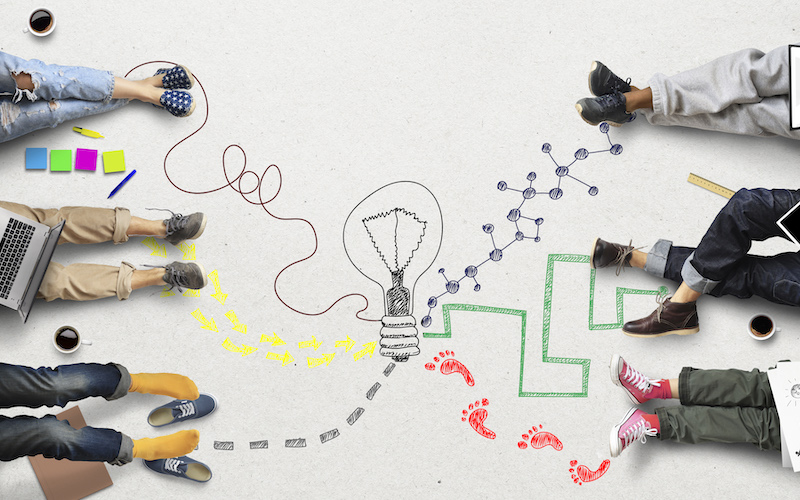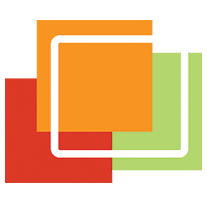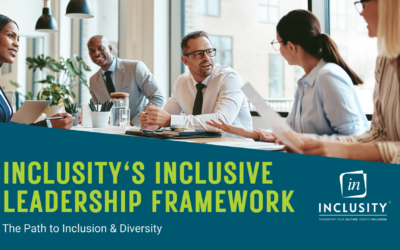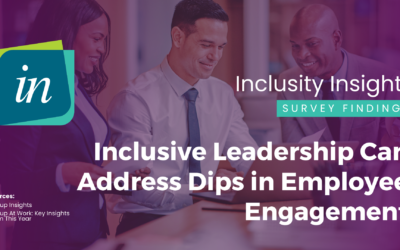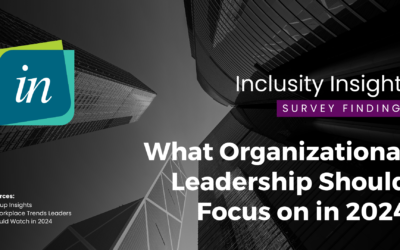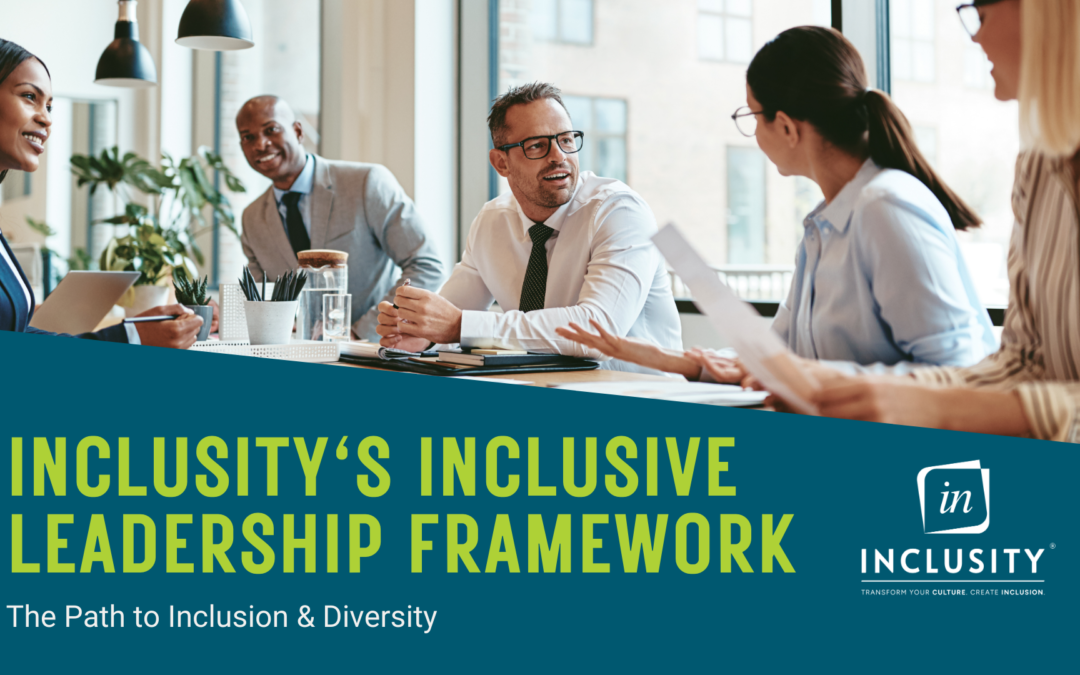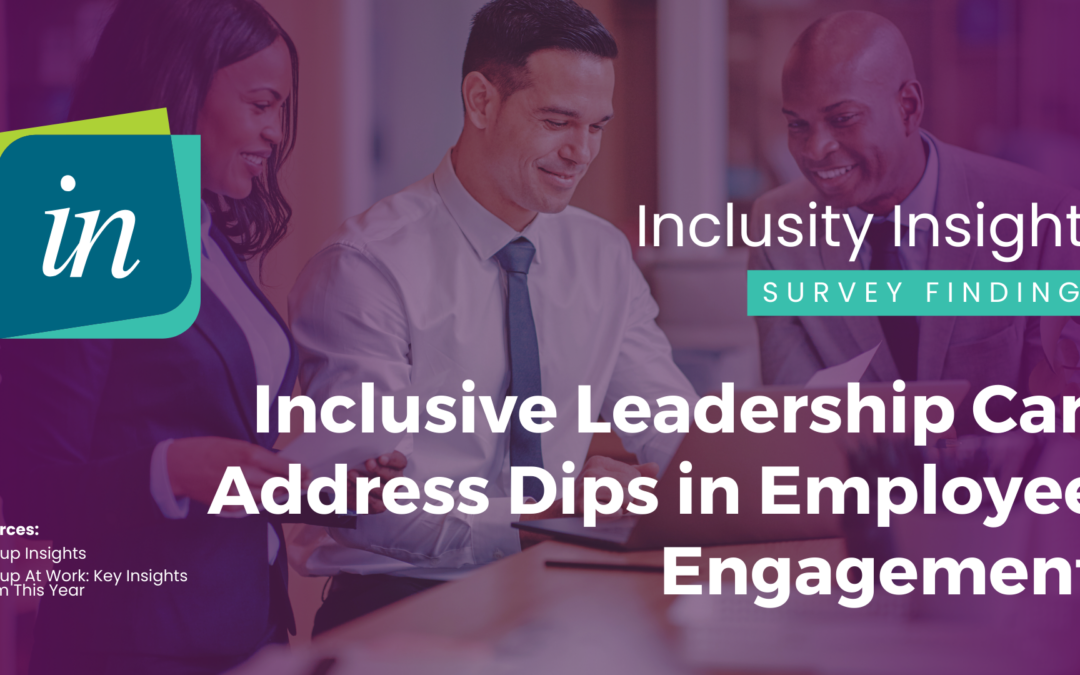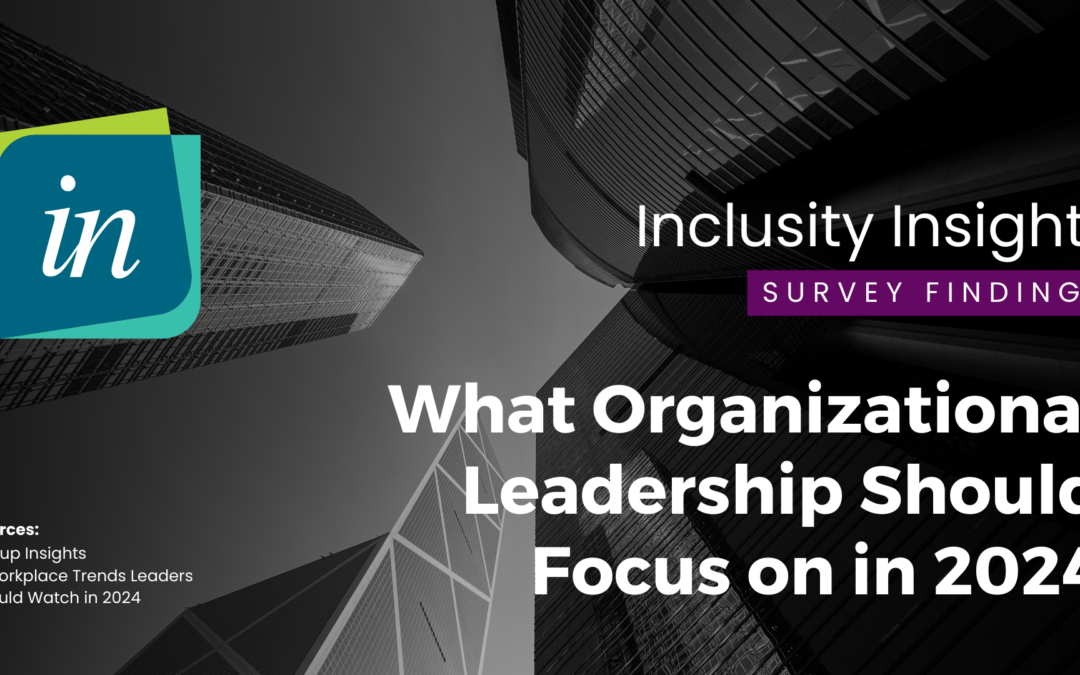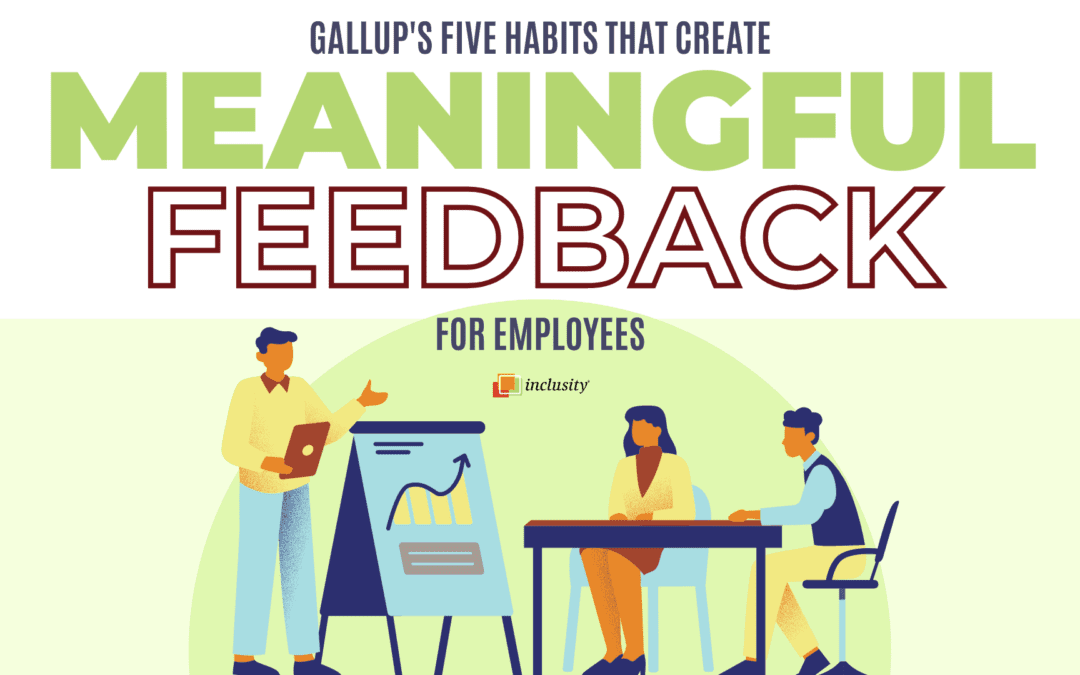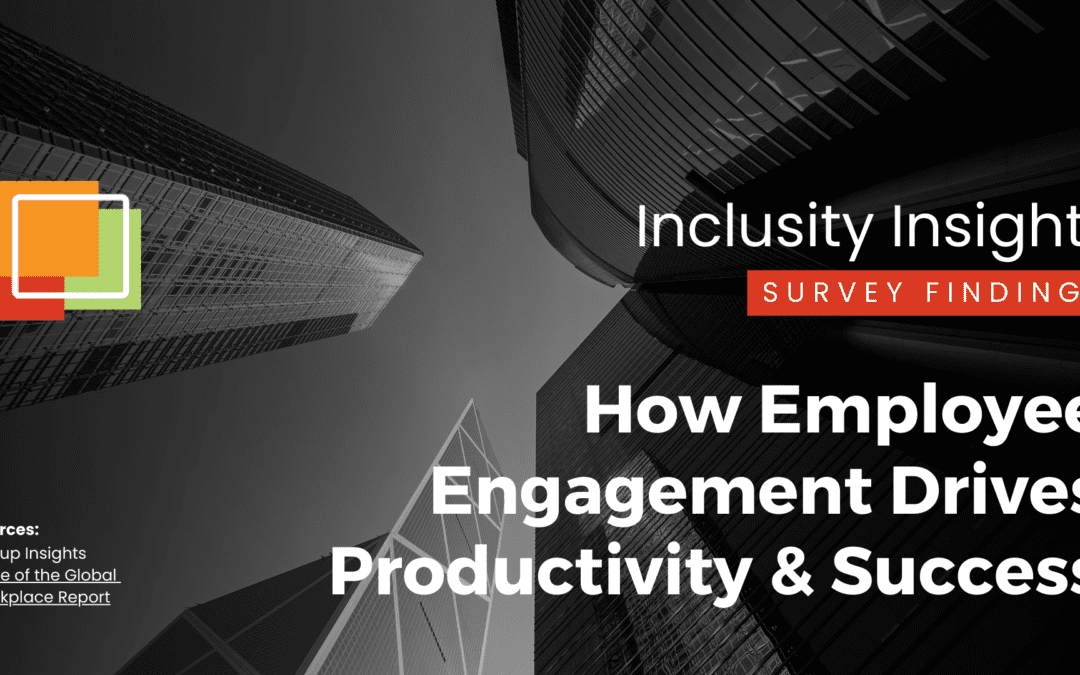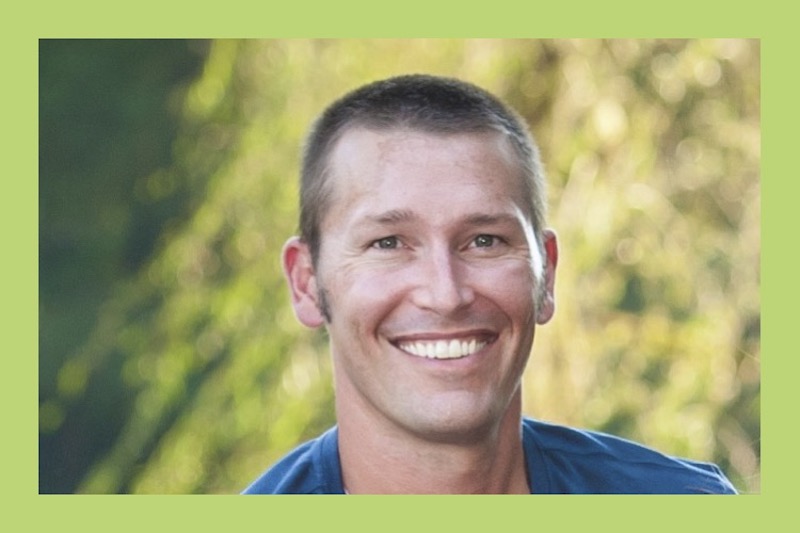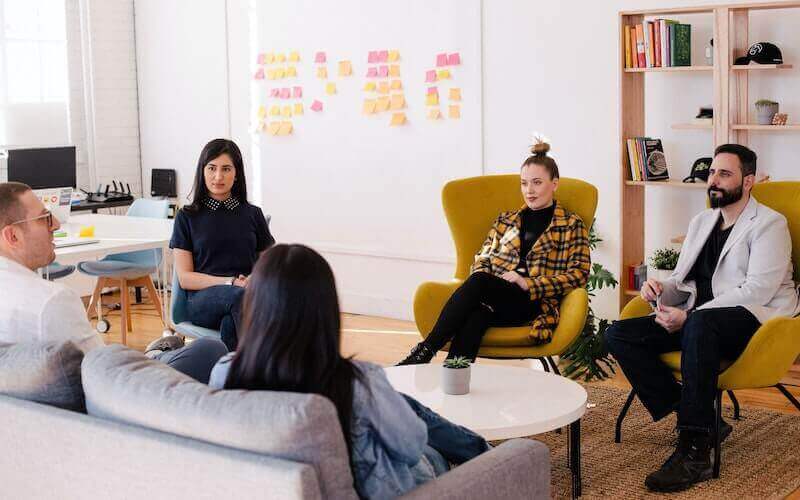Understanding different personality types can further broaden appreciation of all kinds of different people. At Inclusity, we use a tool called the Enneagram to connect people across all dimensions of diversity and create greater cohesion and inclusion. Kipp Leyser, Vice President of Coaching at Inclusity, has been coaching on the Enneagram for over 30 years. He shares: “In today’s competitive world, we need to be able to think out of the box. One way to think out of the box is to acknowledge the many different personality styles that see the world from different perspectives.”
What’s the Enneagram?
The Enneagram is an ancient framework that people use to analyze a spectrum of personality types. A personality assessment designed to help people better understand themselves and others, the Enneagram identifies nine unique ways of being and relating to others. A person’s personality generally fits in one of nine personality types, each of which are inclusive on one’s beliefs, values, and motivations. The Enneagram maps out each types’ automatic patterns of thinking, feeling, and behaving and provides insight into how to relate more effectively to others.
Further dividing each of the nine types into three subtypes, the Enneagram defines 27 different ways of looking at the world and experiencing the world. Humans are complex, and people don’t fit neatly into categories. But by seeking to define and illuminate themes in people’s personalities, we can actually better understand and appreciate diversity.
How does the Enneagram connect with Inclusion?
At work, each personality type brings something important and unique. Not acknowledging and valuing people’s individual perspectives can shut people down and ultimately lower engagement and productivity. The Enneagram can be used to create a more inclusive workplace where each team member is valued for their perspective and attributes. It helps us to harness the best skills of each individual. “If you understand what others pay attention to, what they value, and what’s important to them, this contributes to the greater whole and a deeper holistic experience,” says Kipp.
By nature we tend to limit ourselves to the belief that our point of view is the only right one. The Enneagram as well as other personality assessments connect people, encouraging them to become more open and accepting of the various ways people move through the world. If we can understand others’ points of view, we can better include everyone and not feel the need to defend or resist.
Personality diversity is key to a balanced, productive workplace. By understanding the Enneagram types, we gain greater insight into our own and our teammates’ strengths and challenges, and how we interact with one another based on type. If you’d like more information on how you can use the Enneagram to maximize the benefits of differences in your organization, learn more about our Personality Insights Workshop.

